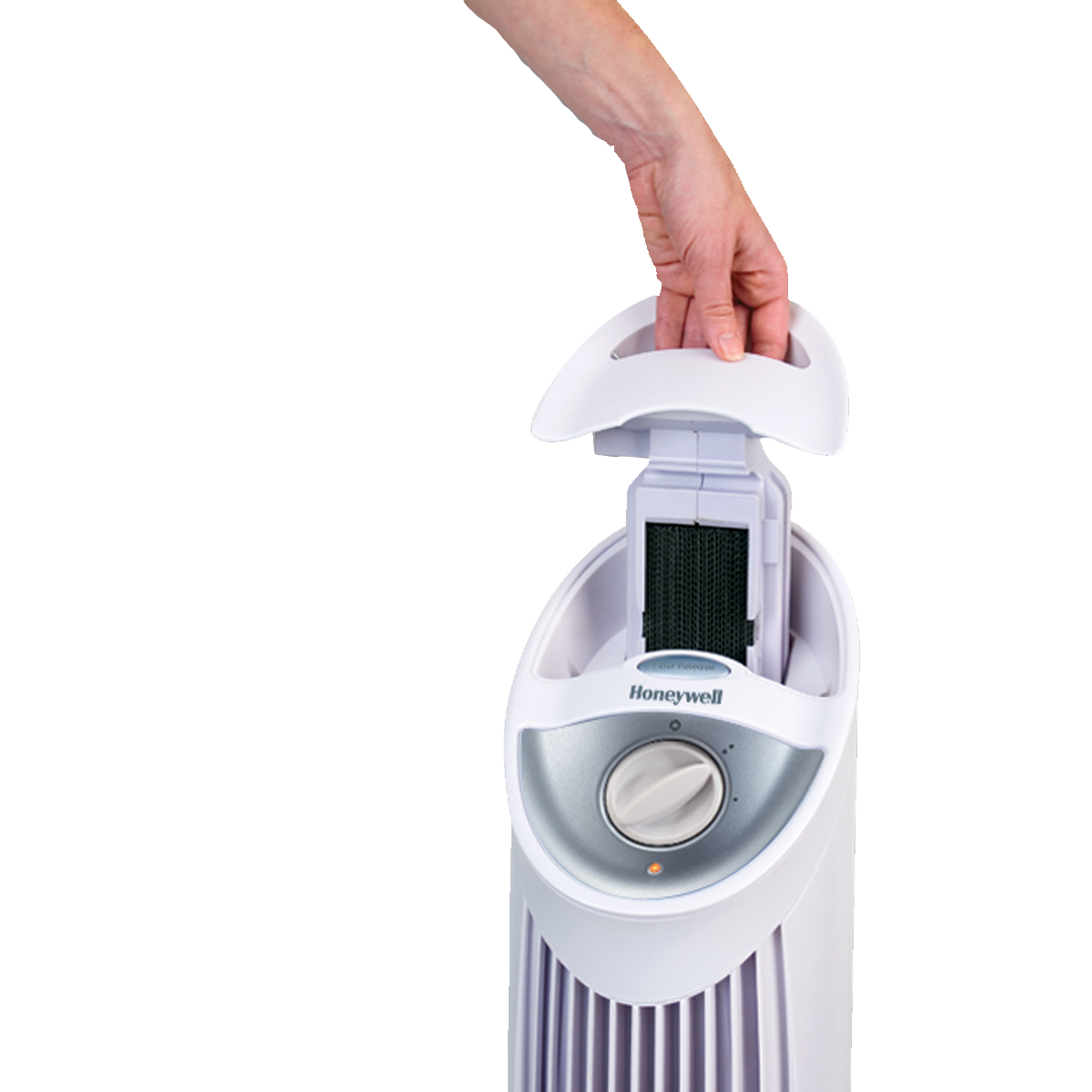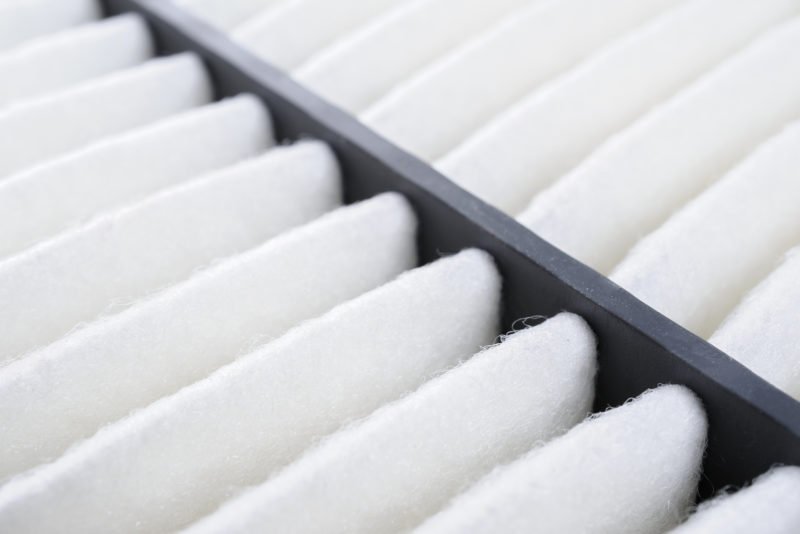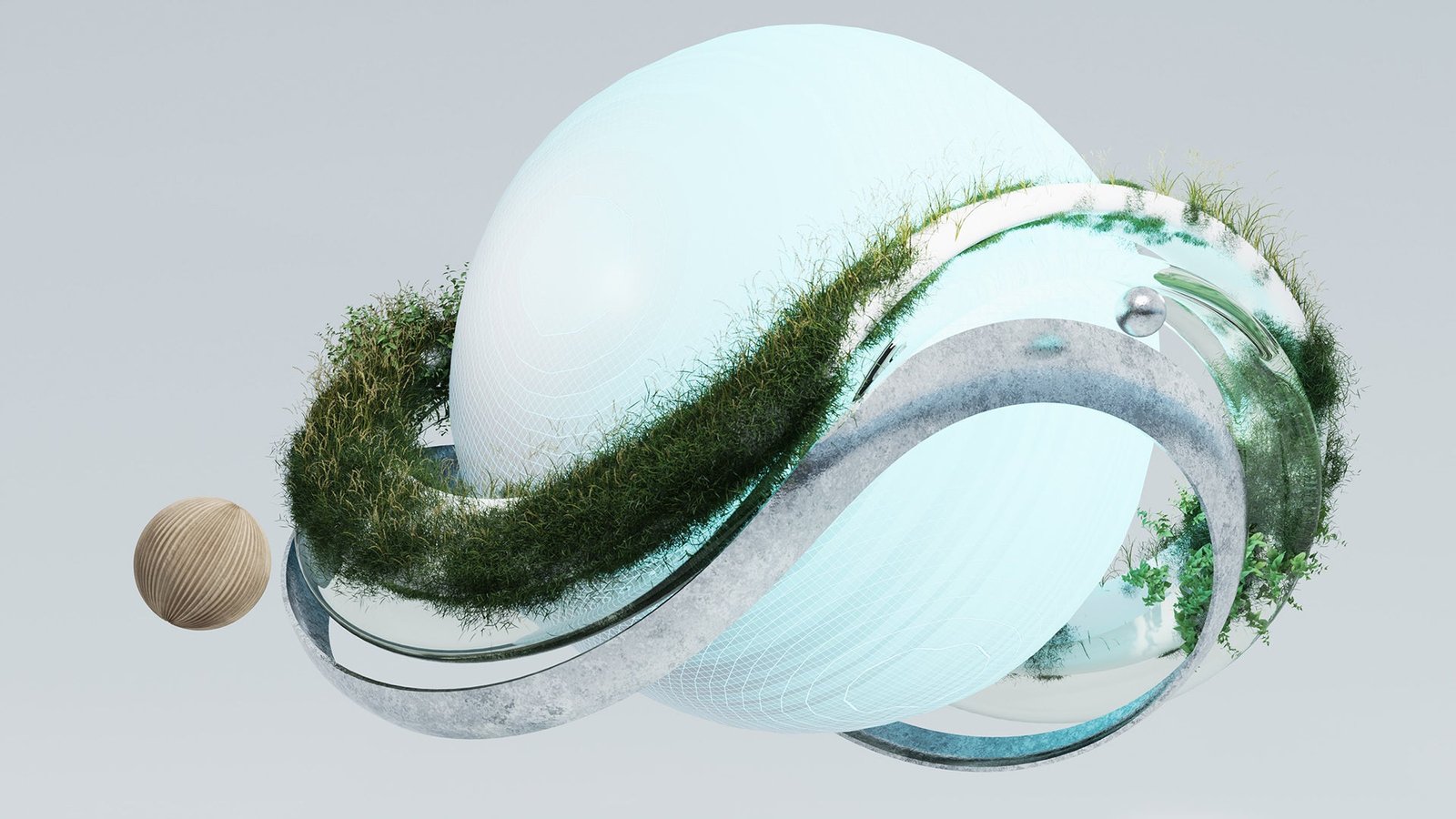Air purifiers are essential for clean indoor air. They help remove dust, allergens, and pollutants.
Choosing the right air purifier can be confusing, especially when deciding between washable and disposable filters. Both types of filters have unique benefits. Washable filters offer long-term savings since they can be reused. Disposable filters, on the other hand, provide convenience and often better filtration performance.
This comparison is crucial for making an informed decision. Understanding the differences helps you select the best option for your needs. In this blog post, we will explore the pros and cons of each type. By the end, you’ll know which filter suits your lifestyle and budget. Stay tuned to learn more about these two filter options and make an educated choice for your home.
Introduction To Air Purifiers
Air purifiers are devices that clean the air in a room. They remove pollutants, allergens, and toxins. People use air purifiers to improve indoor air quality. This can be especially important for those with allergies or asthma.
There are many types of air purifiers. Some use filters to trap particles. Others use technology like ionizers or UV light. In this blog, we will focus on air purifiers with filters. Specifically, we will compare washable filters and disposable filters.
Purpose And Benefits
Air purifiers help reduce indoor air pollution. This can benefit health by removing allergens and irritants. Cleaner air can lead to better sleep and less respiratory stress. For allergy sufferers, air purifiers can reduce symptoms.
Another benefit is the reduction of odors. This includes pet odors, cooking smells, and smoke. Air purifiers can create a more pleasant living environment. They can also prolong the life of home HVAC systems by reducing dust.
Types Of Filters
There are two main types of filters: washable and disposable. Washable filters can be cleaned and reused. This makes them more eco-friendly. They can save money in the long run. However, they need regular maintenance.
Disposable filters need to be replaced regularly. They are more convenient but can be costly over time. Disposable filters often provide better filtration. They can capture smaller particles more effectively.
Washable Filters Overview
Washable filters are a popular choice for air purifiers. They offer convenience and long-term savings. These filters can be cleaned and reused. This reduces the need for frequent replacements. Let’s explore how washable filters work and the materials used in them.
How They Work
Washable filters trap dust, pollen, and other particles. The air purifier draws air through the filter. The filter catches contaminants. You can clean the filter by rinsing it with water. Once dry, it is ready to use again. Regular cleaning maintains efficiency.
Common Materials Used
Washable filters are often made of foam or mesh. Foam filters are dense and trap fine particles. Mesh filters are made of thin, woven material. They are durable and easy to clean. Some filters combine both materials for better performance. Choosing the right material depends on your needs.
Disposable Filters Overview
When choosing an air purifier, understanding the filter type is crucial. Disposable filters are a popular choice for many. They offer convenience and require minimal maintenance. This section will provide an overview of disposable filters, focusing on their functionality, design, and popular types.
Functionality And Design
Disposable filters are designed for single-use. They capture airborne particles and pollutants. Once full, you throw them away and replace them. This ensures the air purifier works efficiently. These filters come in various sizes and materials. Some have multiple layers for better filtration. The layers can capture dust, pollen, and even smaller particles.
Many disposable filters use a pleated design. This increases the surface area. More surface area means better particle capture. The filters fit tightly in the purifier. This ensures no air bypasses the filter. A proper fit means cleaner air. Disposable filters are easy to install and replace. No special skills are needed. Just remove the old filter and insert the new one.
Popular Types
Several types of disposable filters exist. HEPA filters are common. They can capture particles as small as 0.3 microns. These include dust, smoke, and pet dander. Another type is activated carbon filters. These remove odors and harmful gases. They are great for homes with smokers or pets.
Electrostatic filters use static electricity. They attract and trap particles. These filters can be very effective. They do not need power to work. Another popular option is the fiberglass filter. It is basic but efficient. It captures larger particles like dust and lint. Each type has its strengths. Choose based on your needs.

Credit: www.breathenaturally.com
Pros And Cons Of Washable Filters
Washable filters in air purifiers offer many benefits but also have some drawbacks. Understanding the pros and cons helps in making an informed decision. Let’s explore the advantages and disadvantages of washable filters.
Advantages
Washable filters provide several benefits:
- Cost-effective: Save money by not needing frequent replacements.
- Eco-friendly: Reduce waste since they are reusable.
- Easy maintenance: Clean with water and reuse.
- Durable: Last longer if maintained properly.
Disadvantages
Despite the benefits, washable filters have some downsides:
- Cleaning required: Regular cleaning is necessary.
- Time-consuming: Cleaning takes time and effort.
- Effectiveness: May lose efficiency over time.
- Replacement: Eventually need replacement after multiple uses.
Pros And Cons Of Disposable Filters
Disposable filters in air purifiers need regular replacement, which can be costly. They are convenient but contribute to more waste.
Choosing between disposable and washable filters can be confusing. Disposable filters have their own set of pros and cons. Understanding these can help you make a better decision.Advantages
Disposable filters are easy to use. You just replace them when they are dirty. No need to clean them. This saves time and effort. They often have better filtration. They can trap smaller particles. This can improve air quality in your home. Some disposable filters are designed for specific needs. For example, allergy relief or pet dander.Disadvantages
Disposable filters can be costly. You need to replace them regularly. This can add up over time. They also create waste. This can be bad for the environment. Some people find this concerning. Finding the right size can be tricky. Not all stores carry every size. You might need to order online. This can be inconvenient. “`
Credit: www.honeywellpluggedin.com
Cost Comparison
When choosing an air purifier, cost is a big factor. This section compares costs of air purifiers with washable filters and disposable filters. We will look at both initial and long-term costs.
Initial Costs
Air purifiers with washable filters often have higher initial costs. This is due to the advanced technology used in washable filters. Below is a comparison table:
| Type | Initial Cost |
|---|---|
| Washable Filters | $150 – $300 |
| Disposable Filters | $100 – $200 |
As the table shows, air purifiers with washable filters are more expensive upfront. But is the initial cost the only factor?
Long-term Costs
Long-term costs can be different. Washable filters can be reused, reducing the need for replacements. This can save money over time. Below is a breakdown:
- Washable filters: Clean them regularly, no need to buy new ones.
- Disposable filters: Need replacement every 3-6 months. Costs add up.
The long-term cost comparison is clear. Washable filters save money in the long run. Here is an example:
- Washable filter: $200 initial cost + $0/year for replacements.
- Disposable filter: $150 initial cost + $100/year for replacements.
In 5 years, the washable filter user spends $200. The disposable filter user spends $650. This shows significant savings with washable filters.
Maintenance And Lifespan
Choosing between air purifiers with washable filters and those with disposable filters can be tricky. One key factor to consider is maintenance and lifespan. Understanding how often you need to clean or replace the filters and their durability can help you make an informed decision.
Cleaning And Replacement Frequency
Air purifiers with washable filters require regular cleaning. Typically, you need to clean them every 1-3 months. This can vary based on air quality and usage. Cleaning involves rinsing the filter under water and letting it dry completely before reinserting it.
Disposable filters, on the other hand, need replacement. The frequency of replacement depends on the type of filter and air quality. Most disposable filters should be replaced every 3-6 months. Some high-efficiency filters might last longer but come at a higher cost.
Durability
Washable filters are generally more durable. They can last several years with proper maintenance. This makes them a cost-effective option in the long run. However, their effectiveness can reduce over time as the material wears out.
Disposable filters are designed for single use. They provide optimal air purification during their lifespan but need frequent replacement. This ensures that the air purifier maintains peak performance. While this means ongoing costs, it also guarantees consistent air quality.
| Filter Type | Cleaning Frequency | Replacement Frequency | Durability |
|---|---|---|---|
| Washable | Every 1-3 months | N/A | Several years |
| Disposable | N/A | Every 3-6 months | Single use |
Choosing the right type of air purifier filter depends on your needs and preferences. Consider how often you are willing to perform maintenance and your budget for replacements.

Credit: www.griffithenergyservices.com
Environmental Impact
Air purifiers with washable filters reduce waste, making them more eco-friendly. Disposable filters create more landfill waste. Washable options can be reused, cutting down on pollution.
Choosing between air purifiers with washable filters and disposable filters can impact the environment. This section explores how waste production and recyclability play a role in this decision.Waste Production
Washable filters create less waste. You can reuse them many times. This reduces the number of filters going to the landfill. Disposable filters create more waste. You must replace them frequently, leading to more trash. Over time, this adds up and affects the environment.Recyclability
Washable filters are often made from durable materials. These materials are not always recyclable. But their longevity helps reduce waste. Disposable filters, on the other hand, are often made from mixed materials. This makes recycling difficult. They usually end up in landfills, contributing to environmental issues. By understanding waste production and recyclability, you can make a better choice for the environment. “`Choosing The Right Filter
Choosing between air purifiers with washable filters and disposable filters can be confusing. Each type has its benefits and drawbacks. This section will help you decide which is best for your needs.
Factors To Consider
There are several factors to think about when choosing the right filter:
- Cost: Washable filters may have a higher upfront cost. But they save money over time. Disposable filters need regular replacements, which adds up.
- Maintenance: Washable filters require cleaning. This can be time-consuming. Disposable filters are simple to replace. Just throw the old one away and insert a new one.
- Effectiveness: Both types can be effective. But some people believe disposable filters trap smaller particles better. This depends on the brand and model.
- Environmental Impact: Washable filters are more eco-friendly. They reduce waste. Disposable filters contribute to landfill waste.
Personal Preferences
Personal preferences play a big role in your decision. Ask yourself these questions:
- Do you prefer to save money in the long run? If yes, a washable filter might be best.
- Do you mind the extra work of cleaning a filter? If no, consider a washable filter.
- Is easy maintenance more important to you? If yes, a disposable filter is ideal.
- Are you concerned about the environment? If yes, go for a washable filter.
Ultimately, the choice depends on your lifestyle and needs. Both types of filters can improve air quality. Choose the one that fits you best.
Frequently Asked Questions
What Are Washable Air Purifier Filters?
Washable air purifier filters are reusable filters that can be cleaned and reused multiple times. They are eco-friendly and cost-effective. You simply wash the filter, let it dry, and place it back.
How Do Disposable Air Purifier Filters Work?
Disposable air purifier filters capture pollutants and allergens from the air. Once they become dirty, they are replaced with new ones. They offer convenience but generate more waste.
Are Washable Filters More Cost-effective?
Yes, washable filters are more cost-effective in the long run. You only need to purchase them once and clean them regularly. This saves money over time compared to replacing disposable filters.
Which Type Of Filter Is More Environmentally Friendly?
Washable filters are more environmentally friendly. They reduce waste and are reusable. Disposable filters contribute to landfill waste, making washable filters a greener option.
Conclusion
Choosing the right air purifier filter is important. Washable filters save money over time. Disposable filters offer convenience but add extra cost. Both types improve air quality. Consider your needs and budget. Think about maintenance and long-term benefits. Make an informed choice for cleaner air.
Your health and comfort matter most.
Rakib Sarwar is a Registered Pharmacist and a reputed health and wellness blogger. He has a great interest in Air purifiers.
